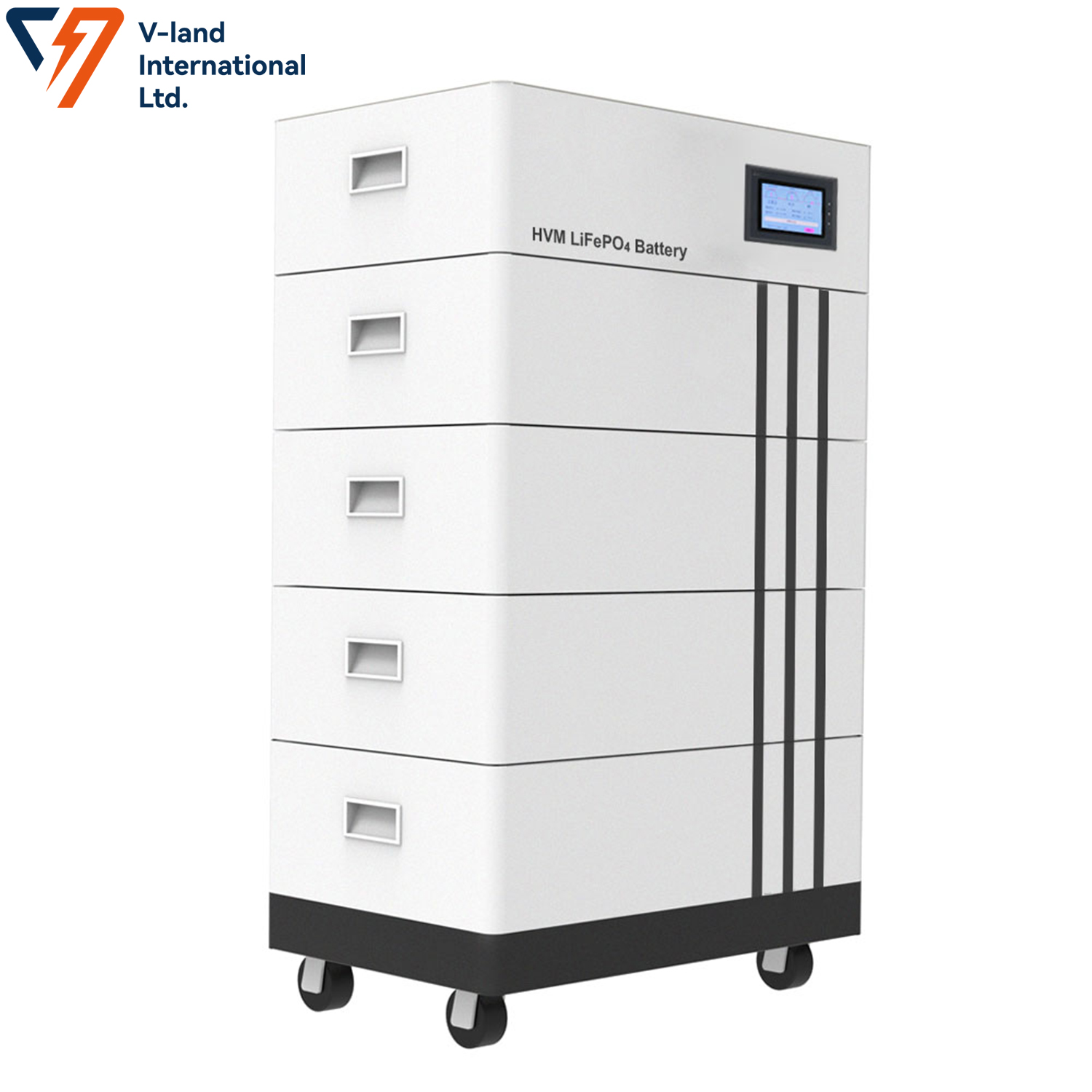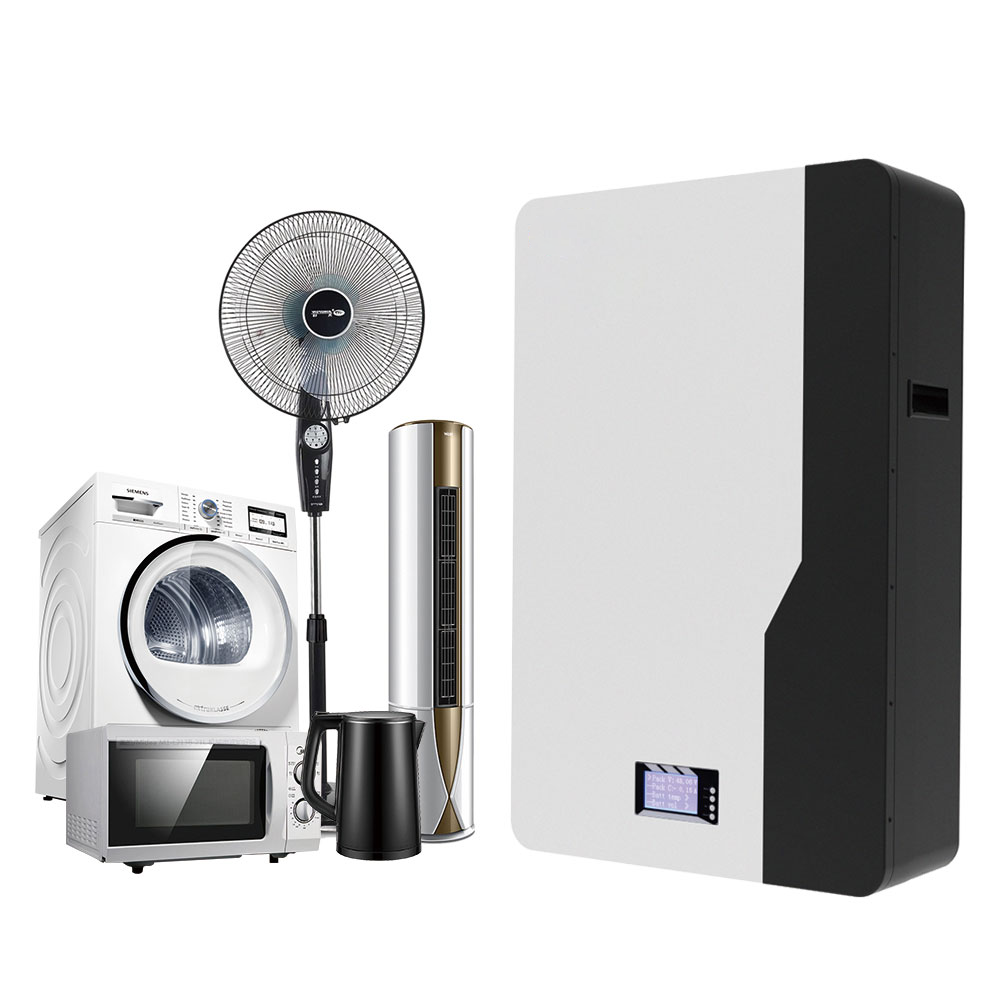In recent years, the demand for sustainable and cost-effective energy solutions has led to the rise in popularity of hybrid solar systems for homes. A hybrid solar system combines the benefits of both grid-tied and off-grid systems, offering homeowners the flexibility to generate and store their own energy while still being connected to the grid. This innovative approach to solar energy has revolutionized the way we power our homes, providing a reliable and environmentally friendly alternative to traditional energy sources. In this comprehensive guide, we will explore the key components, benefits, and considerations of implementing a hybrid solar system for your home.


Key Components of a Hybrid Solar System
A hybrid solar system typically consists of solar panels, a battery storage system, an inverter, and a connection to the grid. The solar panels are responsible for capturing sunlight and converting it into electricity, which is then either used to power the home or stored in the battery for later use. The inverter plays a crucial role in converting the direct current (DC) electricity generated by the solar panels into alternating current (AC) electricity that can be used to power household appliances. The battery storage system allows homeowners to store excess energy generated during the day for use during periods of low sunlight or power outages. Additionally, the connection to the grid provides a backup source of electricity when solar energy production is insufficient.
Benefits of Implementing a Hybrid Solar System
One of the primary benefits of a hybrid solar system is the ability to reduce reliance on the grid and lower electricity bills. By generating and storing your own energy, you can significantly decrease your dependence on traditional energy sources, leading to long-term cost savings. Furthermore, a hybrid solar system provides a reliable source of backup power during grid outages, ensuring uninterrupted electricity supply for essential appliances and devices. Additionally, the environmental benefits of solar energy cannot be overlooked, as it reduces carbon emissions and contributes to a more sustainable future. With the advancement of technology, hybrid solar systems have become more efficient and affordable, making them an attractive option for homeowners looking to embrace renewable energy solutions.

Considerations for Implementing a Hybrid Solar System
Before implementing a hybrid solar system for your home, there are several important considerations to take into account. Firstly, it is essential to assess your energy consumption and determine the size of the solar panel array and battery storage system needed to meet your household's needs. Additionally, the location and orientation of your home will impact the efficiency of solar energy production, so it is crucial to conduct a thorough site assessment to optimize the placement of solar panels. Moreover, understanding the local regulations, incentives, and rebates related to solar energy installations can help maximize the financial benefits of implementing a hybrid solar system.
Conclusion
In conclusion, a hybrid solar system offers a sustainable and cost-effective solution for powering your home while reducing your carbon footprint. By harnessing the power of the sun and integrating battery storage technology, homeowners can enjoy greater energy independence and resilience. As the demand for renewable energy continues to grow, implementing a hybrid solar system for your home is a forward-thinking investment that can lead to long-term savings and environmental benefits. With the right planning and professional installation, you can seamlessly transition to a more sustainable energy solution that aligns with your values and contributes to a greener future.
Post time: May-24-2024

